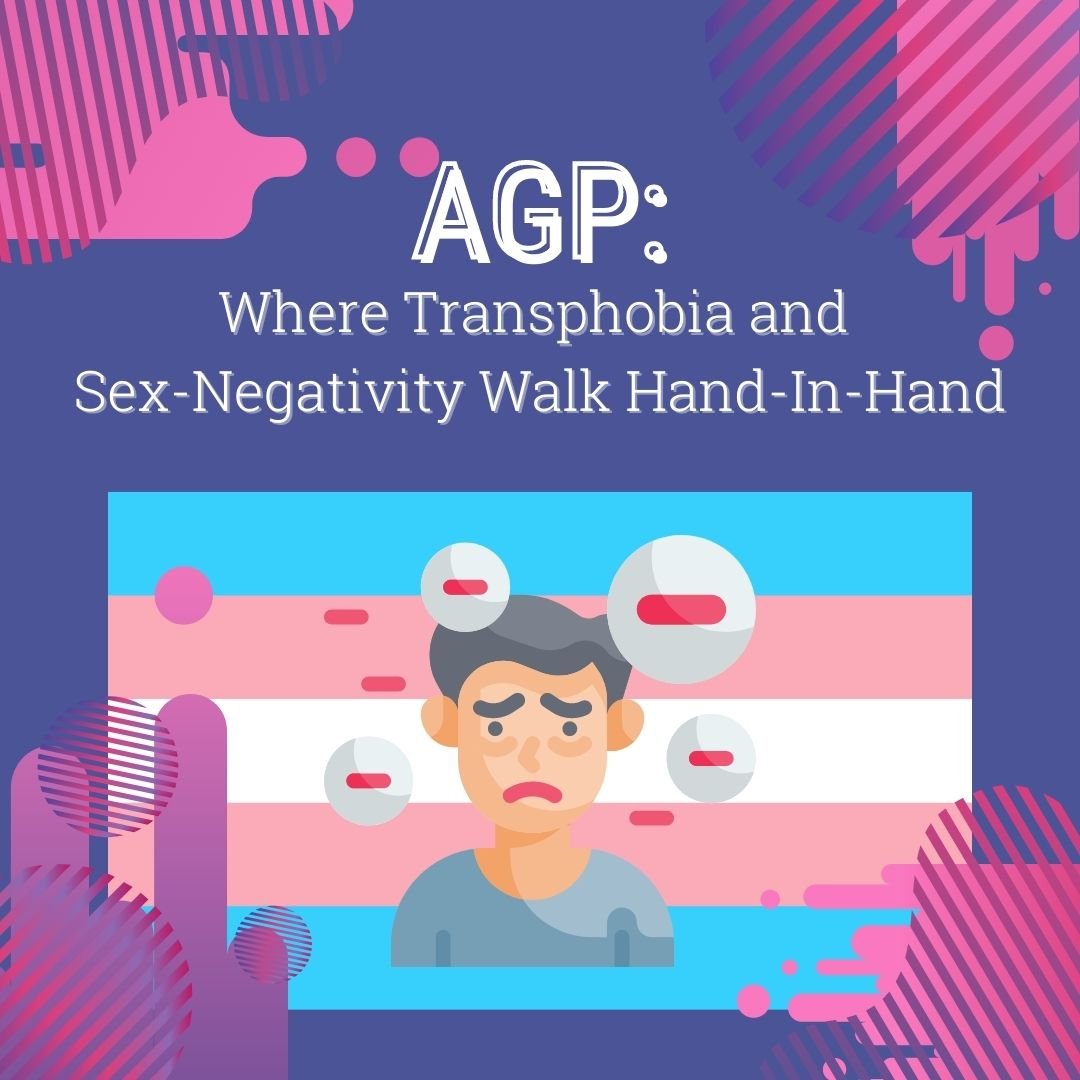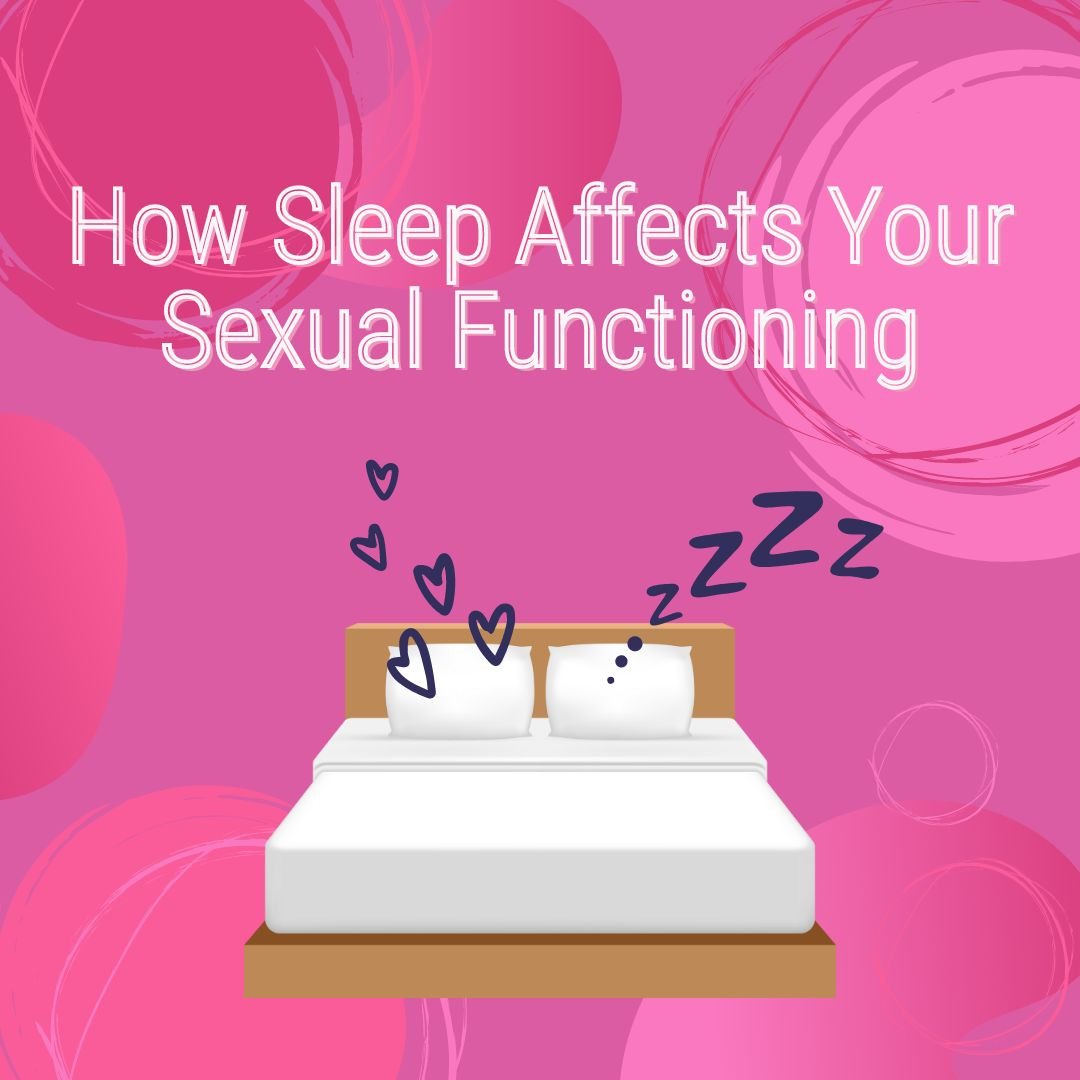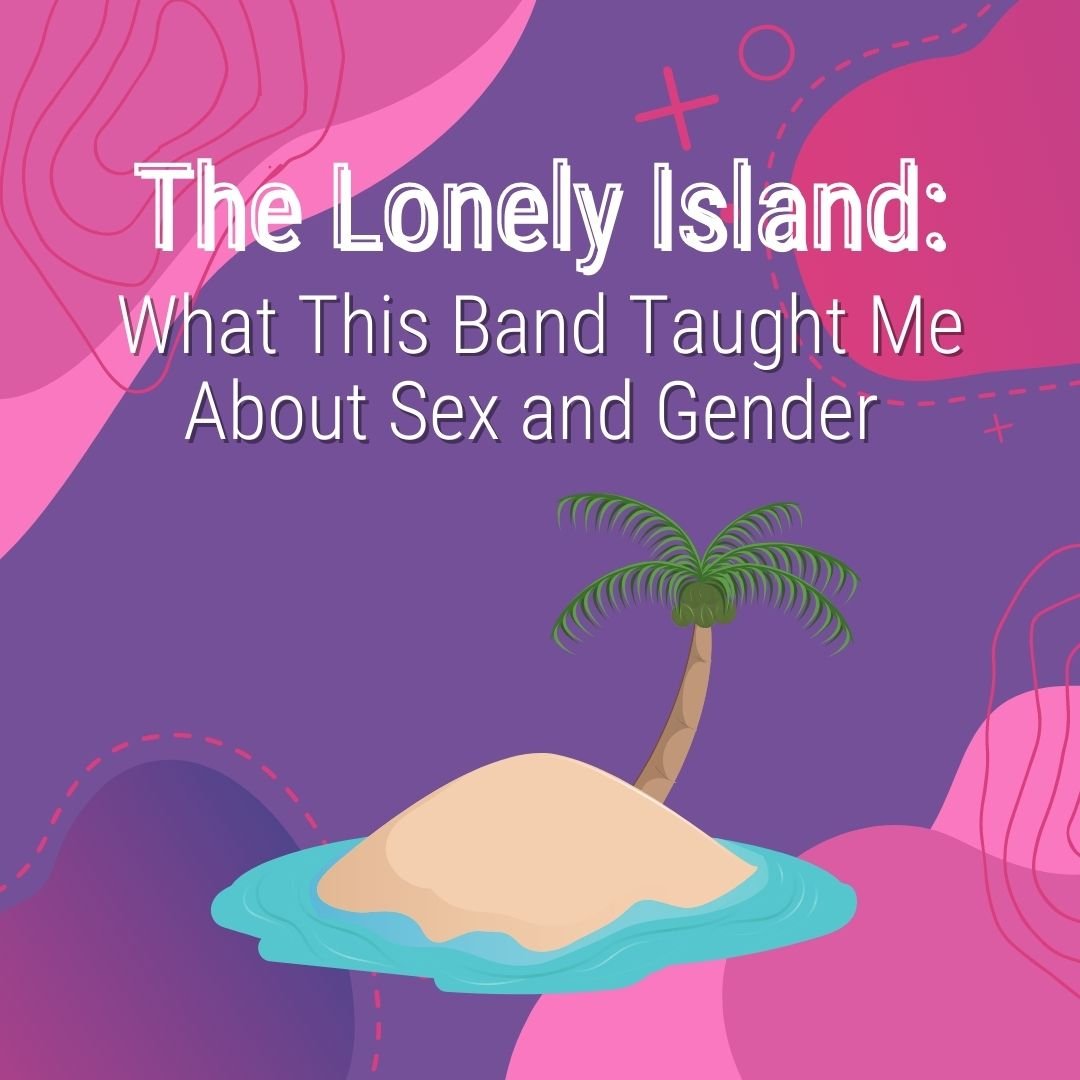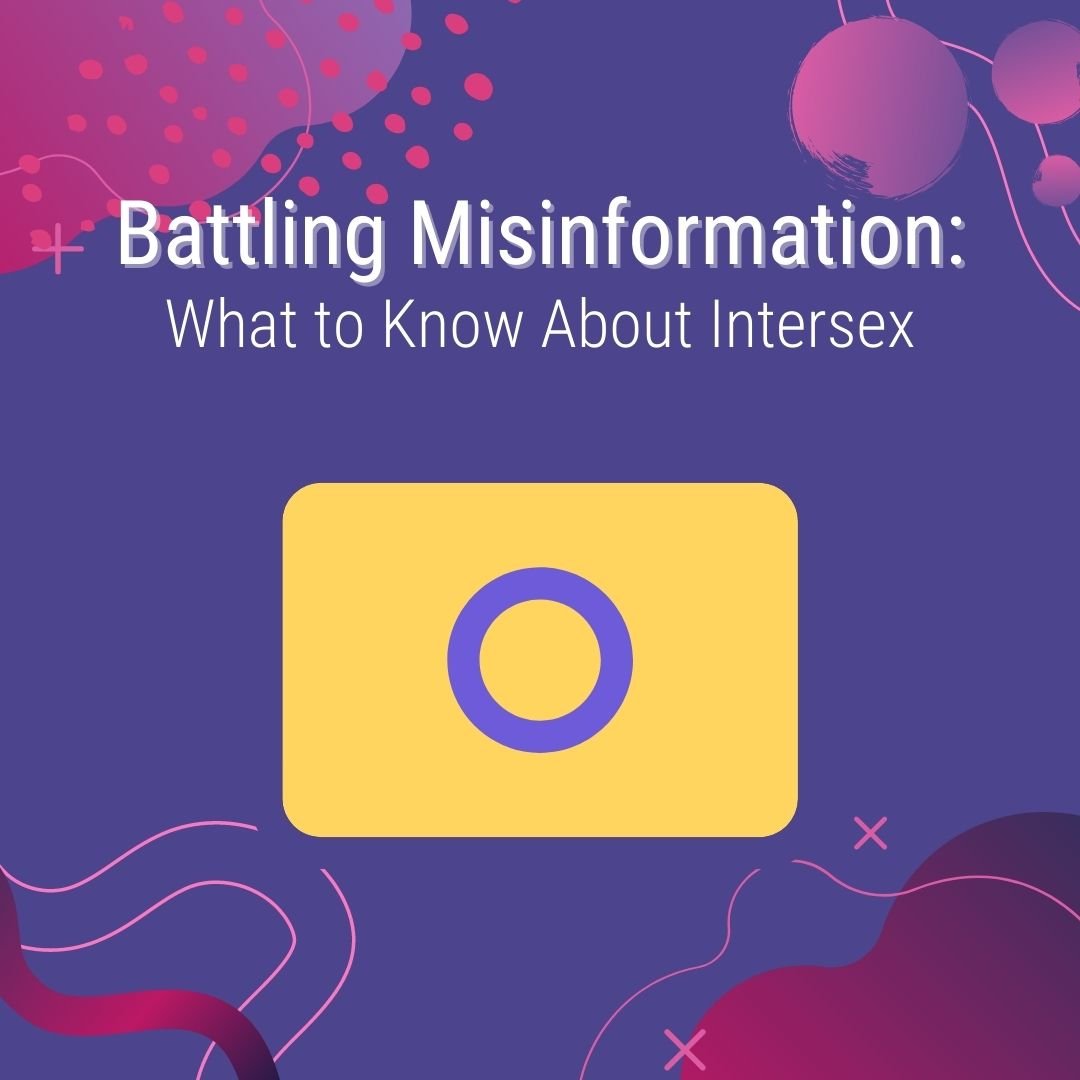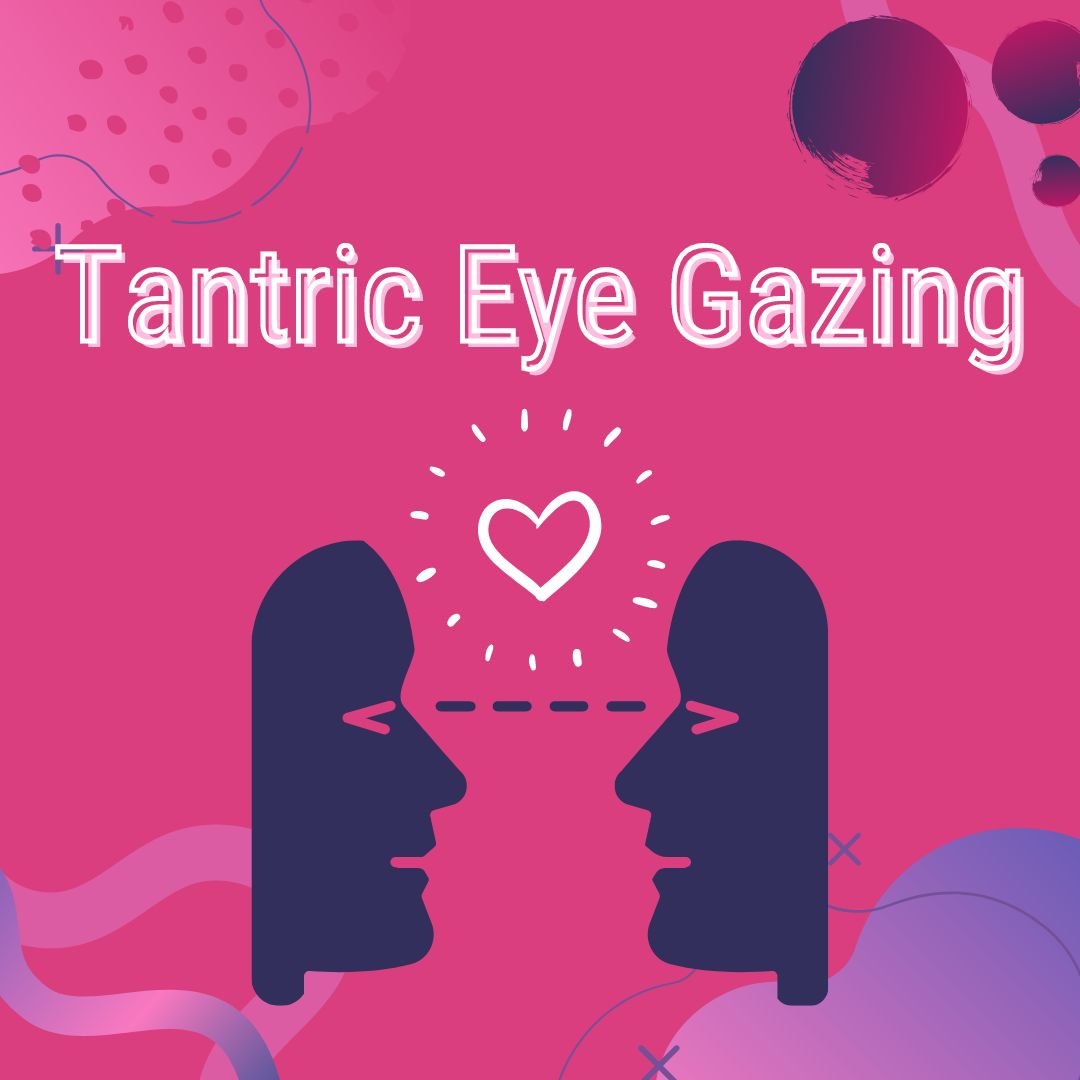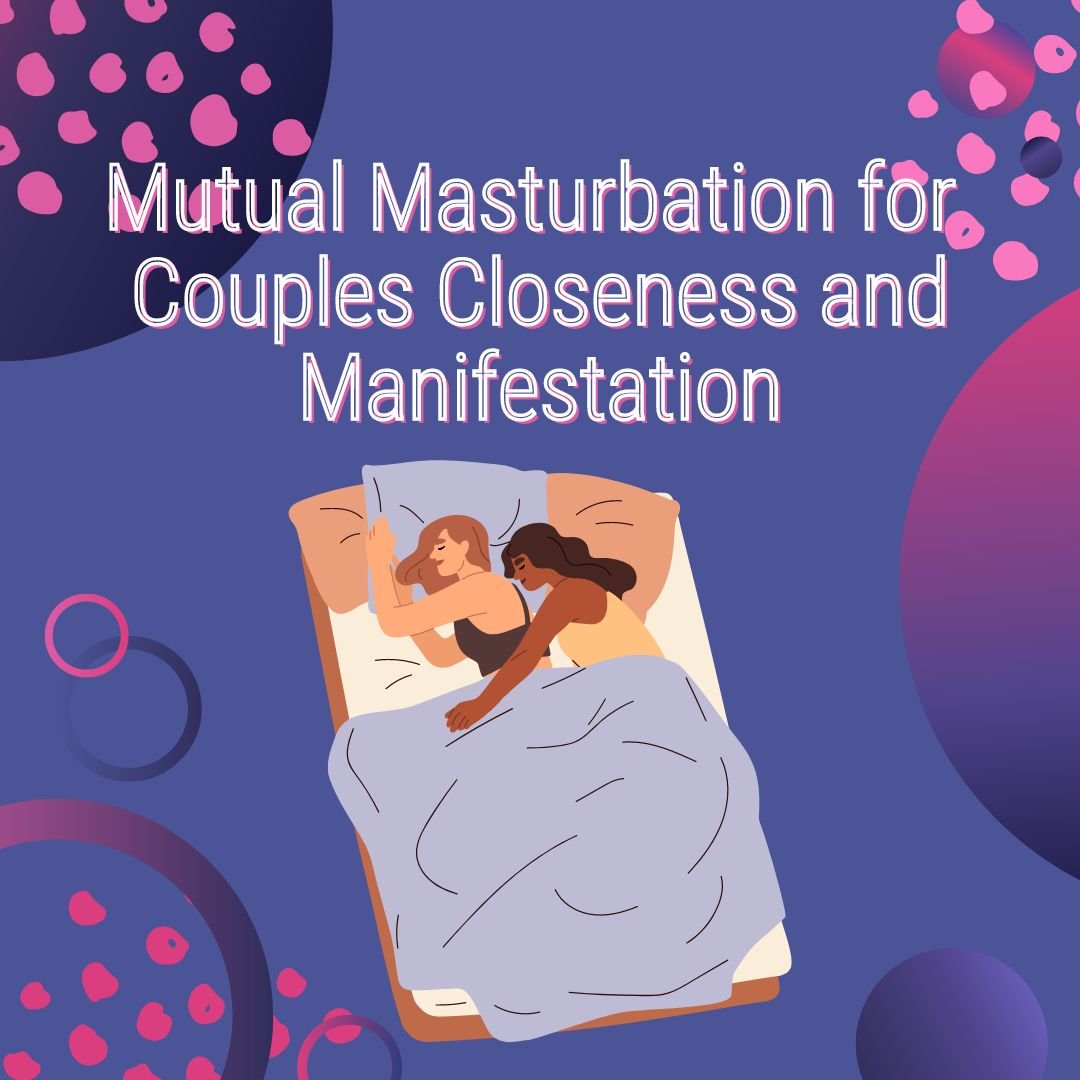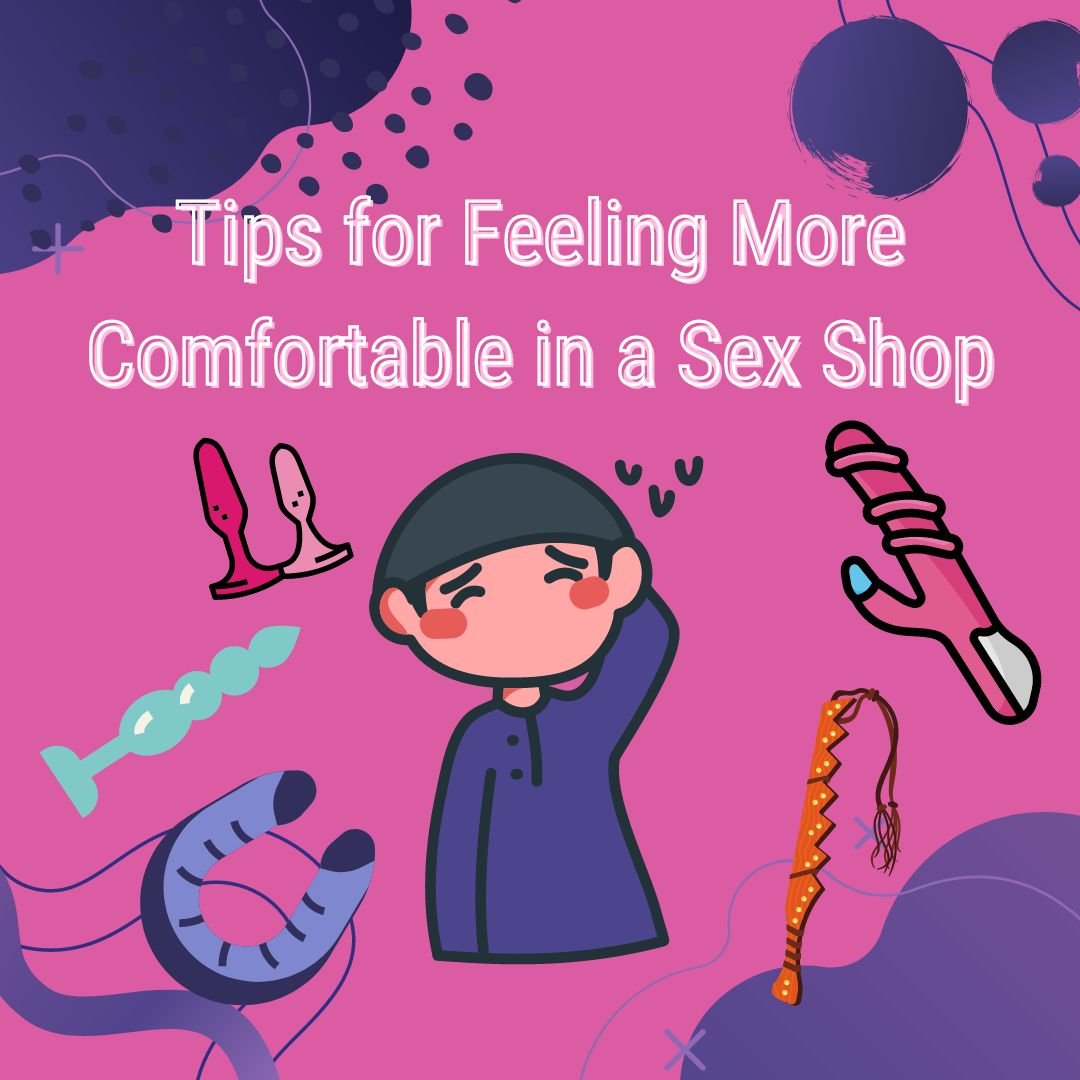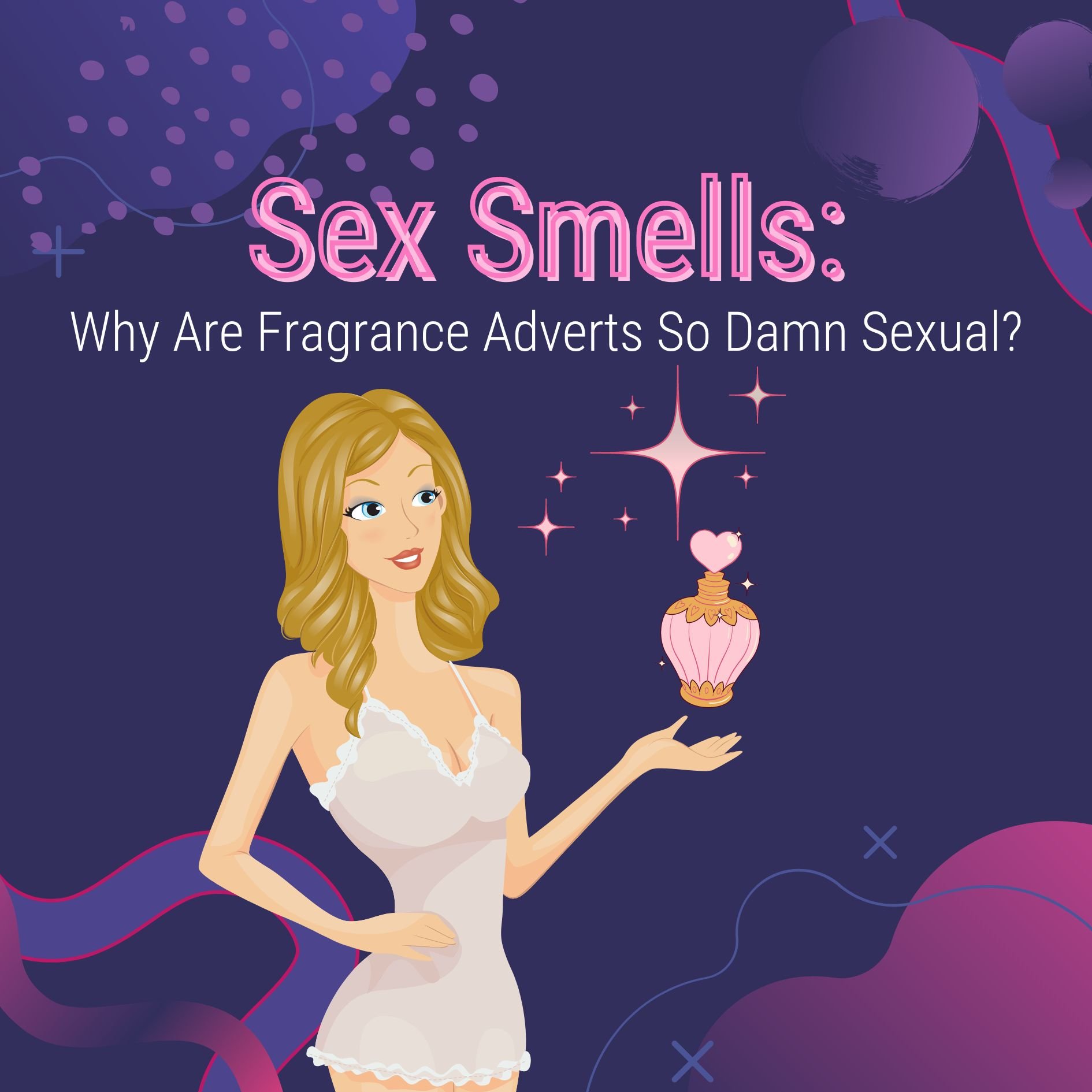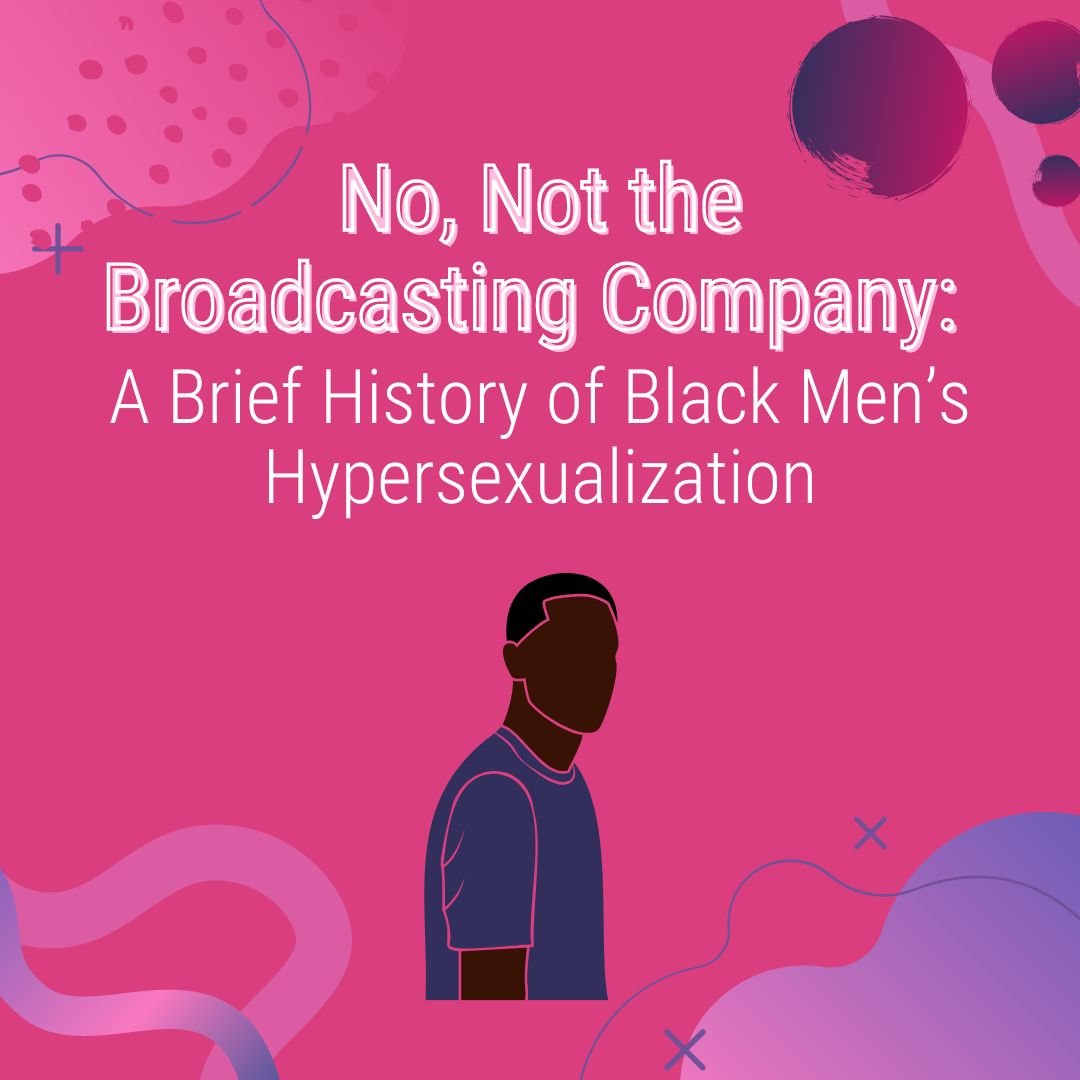Before spreading to the rest of the world as International Fetish Day in 2009, National Fetish Day was first observed in the United Kingdom on January 21st, 2008. Initially intended to raise awareness of fetish, kink, and BDSM communities while also standing in opposition to UK law criminalizing the possession of “extreme pornography,” this day of observance quickly caught on elsewhere as people across the world donned purple (a color commonly associated with BDSM communities) in support of sexual freedom, autonomy, and self-determination.
Celebrated on the third Friday of each January, International Fetish Day overlaps in spirit with related observances such as World BDSM Day (celebrated each year on July 24th) and International Kink Day (celebrated each year on October 6th). A glance at these three distinct days might lead us to ask what is actually a pretty common question: what’s the difference between a fetish and a kink? And how do they each relate to BDSM?






